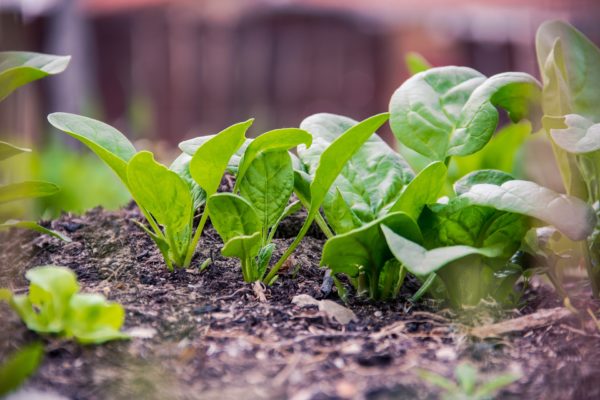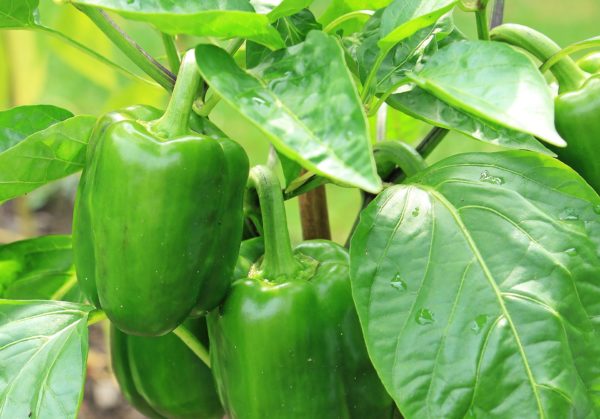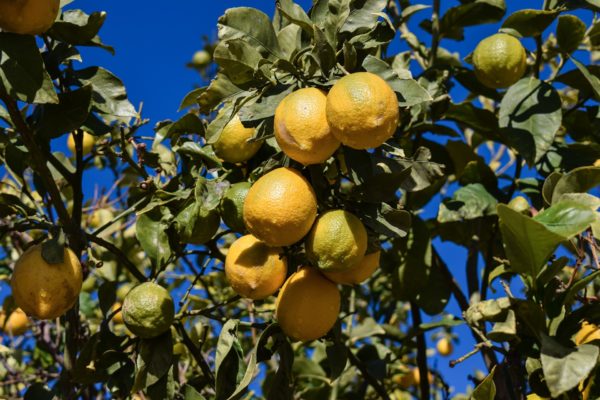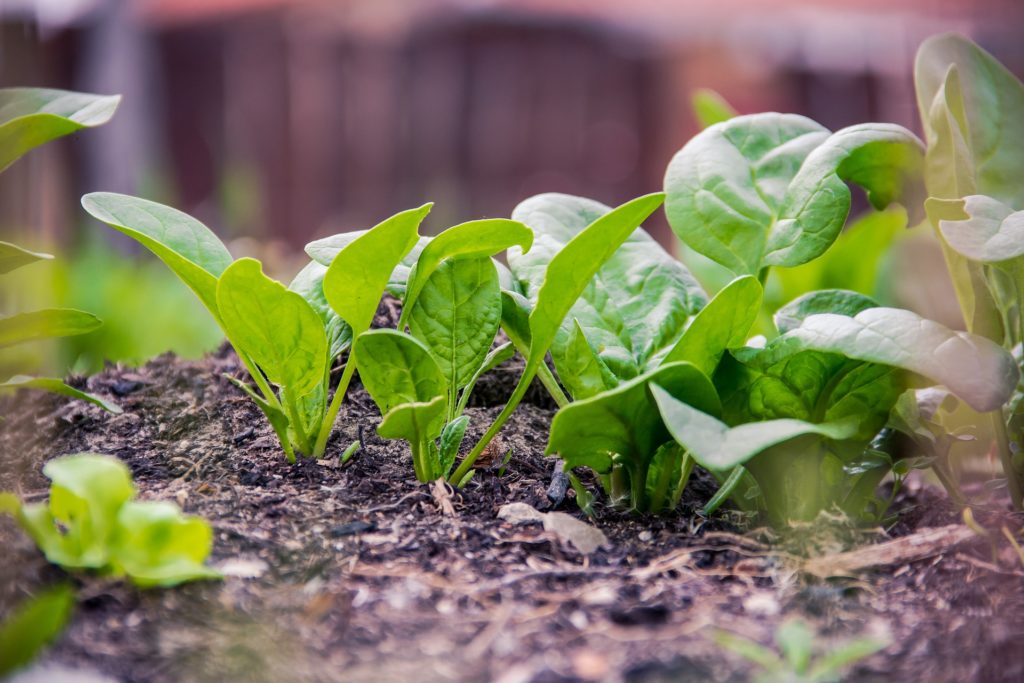If there is one thing the COVID-19 pandemic has taught us, it’s the fact that you can’t always rely on your local produce store to be stocked up on your favourite fruits and veggies, or even be open in certain circumstances.
To ensure your fridge is always stocked up with the freshest produce available, we’ve gathered a list of the best and easiest fruits and vegetables to grow in the Western Cape.
Spinach

Not only is spinach relatively easy to grow, but it is also better suited to cooler temperatures, which is why now is the best time to get to planting! According to Farmers Weekly, the ideal temperatures to grow spinach is between 16ºC and 24ºC.
Planting and harvesting spinach can be done by following these simple steps:
1- Prepare your soil by digging a hole where you intend on planting your crop, then use a regular garden fork to mix fertiliser, manure or compost with the soil you have just dug up.
2- Plant your seeds or seedlings into the hole you have just dug up. Be sure to follow the instructions provided on the seed packet.
3- Once the seeds have been planted, water the plant regularly. However, instead of giving your spinach one long soak each day, the Gardening Channel suggests that spinach plants grow much better when you give it three or four light waterings per week.
4- After around six weeks of love, care and of course watering, your spinach should be ready to harvest. You’ll know the spinach is ready to harvest once the leaves reach between 25cm and 30cm in length. When harvesting your crop, Remove only the outer leaves with a sharp knife by gently cutting them at the base, but remember to leave at least a quarter of the stem in the ground so that it can regenerate.
Once your spinach has been harvested, give it a quick rinse off and you’re good to go!
Peppers

Peppers – which are actually considered a fruit, not a vegetable – are another type of produce that you can easily grow in your back garden. Peppers grow best in a warm climate, which makes the sunny Western Cape the perfect place for them to grow. To get the best results from your crop, follow these simple steps.
1- As is the case with any new plant, you’ll need to prepare your site before anything goes into the ground. Ensure that the spot you choose receives a lot of sunlight each day. In terms of the soil, make sure that it is deep, rich, and extremely fertile. This can be achieved by adding around half a cup of compost to the soil.
2- Once your soil is prepared, it’s time to plant. Peppers like warmth, so ensure that you plant them in the warmer months of the year. Space the plants 30cm to 50cm apart, depending on the mature size of the variety.
3- Water the plant often, and if you live in a very hot, arid region, add a thick layer of mulch to help retain soil moisture and moderate the soil temperature.
4- Maintain your pepper crop and ensure you get the best harvest possible by picking off any early blossoms (small white plants) that might appear on your pepper plant. These plants take vital energy and nutrients away from the peppers as they grow. Removing them will direct their energy into the thing you’re actually looking to grow, that being the peppers.
5- Once the peppers have reached full maturity, it’s time to harvest! You can either harvest the peppers at their immature green stage, but the flavour will be sweeter if you wait for them to reach their mature colour (orange, yellow or red). This can be done by either cutting or gently tugging at the stem of the pepper.
Lemons

Growing lemons might sound like a pretty daunting task at first, but that couldn’t be further from the truth. All you’ll need is a lemon, fertile soil, a container, and a lot of time.
1- Once again, ensure that your soil is ready by breaking it up and adding some compost if needs be.
2- If you’re using a container or pot to grow your lemons, make sure that it has sufficient draining holes to let out any excess water. To germinate your seeds the container only needs to be around 15cm deep. Also, make sure that your container is relatively wide. According to Garden and Home, lemon trees have strong root systems and prefer a container that is wider than it is deep. The ideal size of the container is around 30-45cm wide and 25-40cm deep.
3- Once you have the correct container and soil, it is time to start planting. Start by making sure the soil is damp all the way through by adding some water before you plant the lemon seed. The easiest way to get seeds is by simply cutting a fresh lemon open and using the seed inside of it.
4- Plant the seeds around 1cm deep and cover completely with soil, then water well.
5- Once the seed has been planted, cover the container with a plastic bag, but remember to poke some holes in the bag first. This will keep the seeds warm, moist, and allow them to properly germinate. This germination process can take around two weeks to complete. Once you see a tiny little sprout start to emerge from the soil, you can remove the plastic bag.
6- Once the sprout has emerged, this is when the waiting the game starts. Seeing as you’ll be growing an actual tree, it will take around two to three years to bear fruit, but once it has reached this stage, you’ll be set for life when it comes to lemons. Lemons are ready to harvest when they have developed full colour and flavour. You’ll know you’ve reached this stage once the peels are yellow or have a green tinge, with a slightly glossy appearance.
Picture: Pixabay

